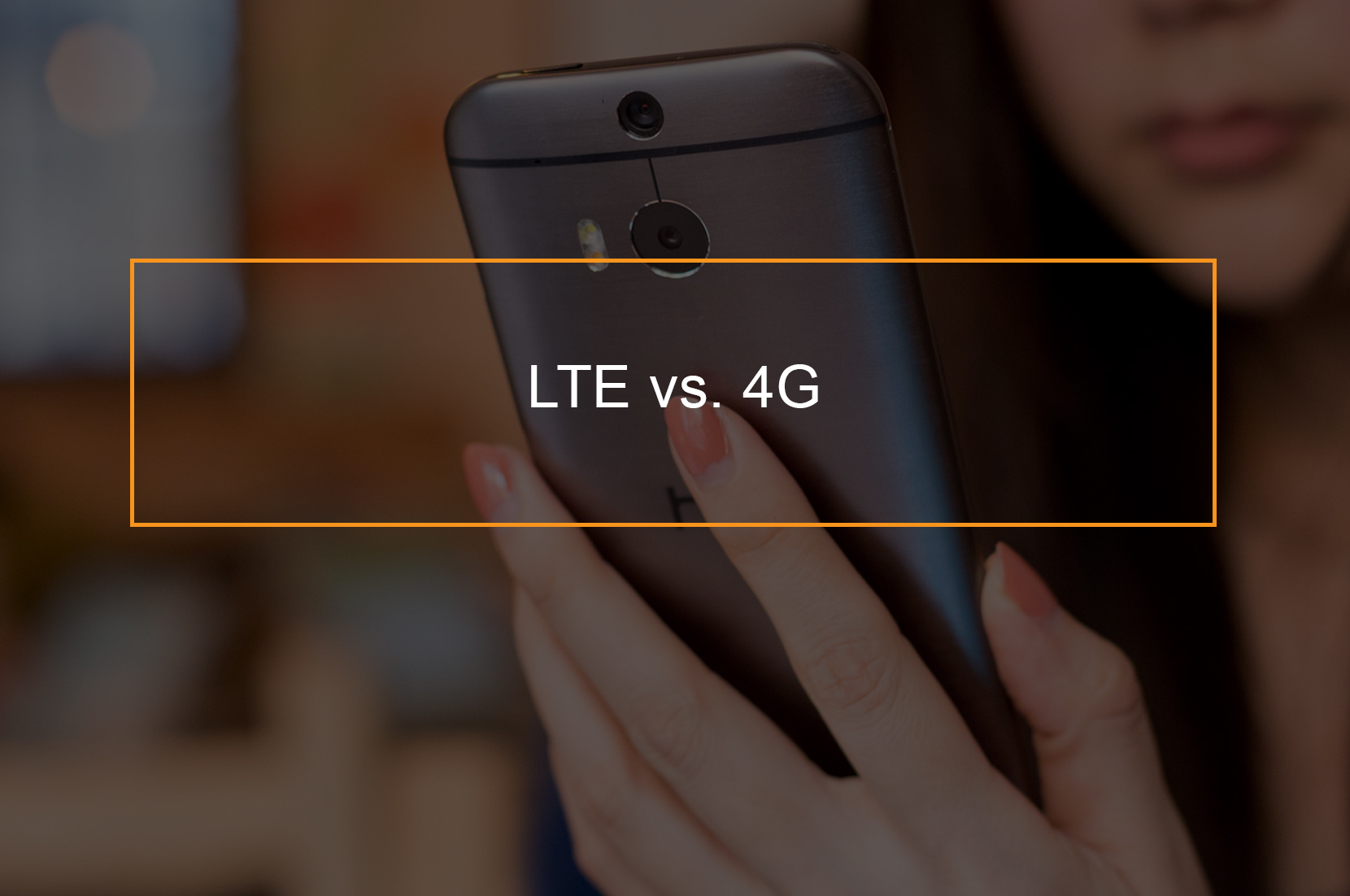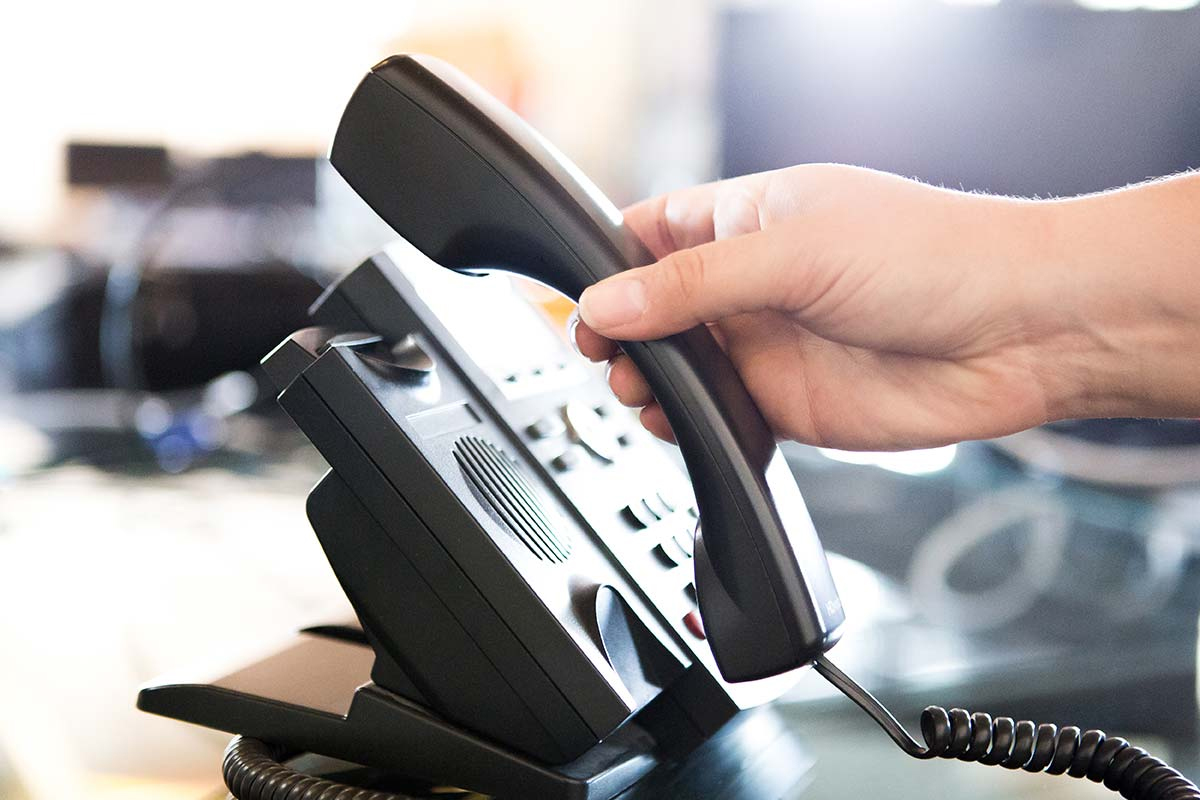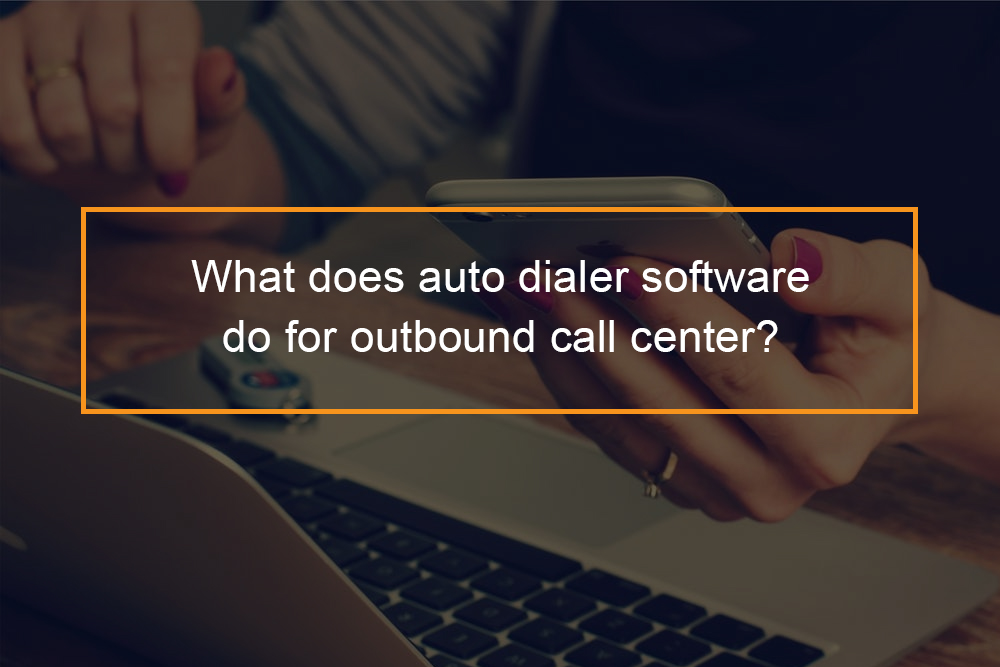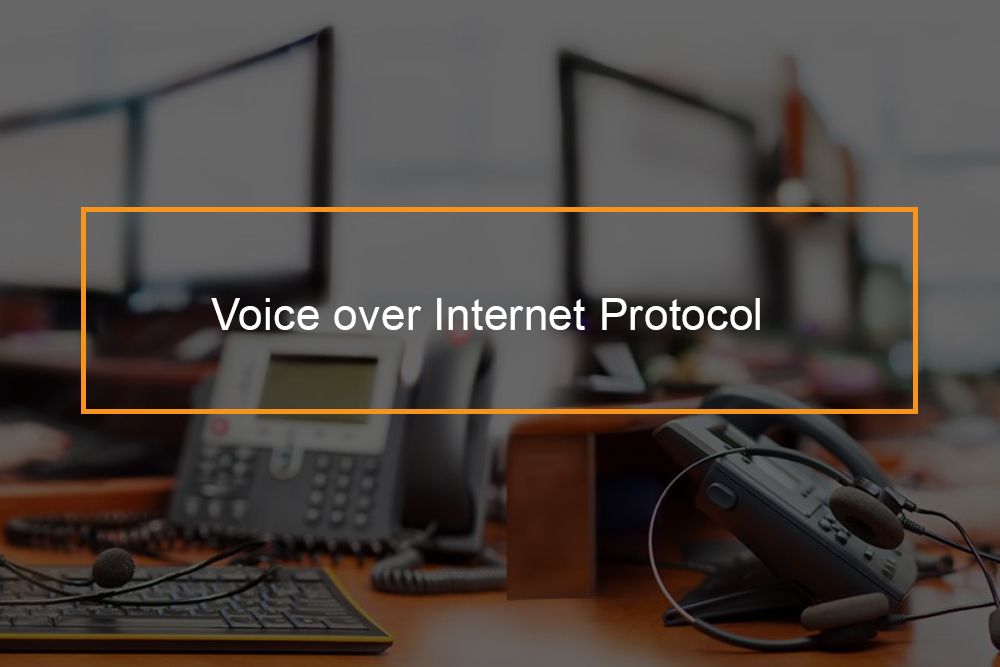LTE vs. 4G which is faster?
 LTE provides a more reliable connection and higher speeds to people than 4G. The general claim is that 4G LTE networks can download data at speeds between five and twelve megabits for every second. This speed is sufficient for smooth streaming for live video and better response times for online multiplayer games. Data- transfer speeds from the network to mobile devices such as smartphones and tablets vary due to factors such as carrier and coverage area.
LTE provides a more reliable connection and higher speeds to people than 4G. The general claim is that 4G LTE networks can download data at speeds between five and twelve megabits for every second. This speed is sufficient for smooth streaming for live video and better response times for online multiplayer games. Data- transfer speeds from the network to mobile devices such as smartphones and tablets vary due to factors such as carrier and coverage area.
In comparison, the realistic download speeds for 4G networks can vary anywhere from three to eight megabits for a second, depending on congestion, the wireless carrier and the specific technology the company has used for its data network. The older 3G networks can download data around 800 to 950 kilobits per second.
However, the average consumer cannot tell the difference between LTE and 4G in most cases; the download speed is comparable not unless you reside in a major city. As cellular carriers keep on updating their LTE networks, they have closed the gap between real 4G and LTE. This especially true with LTE-A, which is presently the fastest option accessible.
4G is the fourth generation Mobile Network Technology and is likely to replace 3G in the future. LTE means the fourth generation long term evolution. The terms LTE and 4G are often used interchangeably, but they do not mean the same. In this article, we will explore the difference between 4G and LTE, so you can make an informed decision about a future smartphone purchase or cell phone signal booster.
How fast is LTE compared to 4G?
Comparing 4G and LTE networks
Today, most cellular carriers provide 4G network connectivity, and some regions are compatible with the faster 4G LTE network as well. 4G is basically 3.9G, but for commercial sake, it is named 4G. LTE means all the 5G, 6G that will come under LTE- the generation means enhanced technique, coverage, and speed. However, the central technology remains the same.
In this segment we will help you understand 4G and LTE, we will explain everything you need to know about 4G, LTE, the speeds you can expect to get and make you be in a position to choose a phone and a tariff that is right for you.
What is 4G?
The ITU Radiocommunication Sector (ITU-R) developed new standards for 4G fourth Generation connectivity, inclusive of faster connection speeds and mobile hotspots in March 2008. These new standards were groundbreaking at the time, and it took a long time for the nation’s cellular networks to draw level with the technology. Currently, most of the 3G networks have been upgraded to 4G speeds, and the average smartphone can take advantage of 4G connectivity.
Most of the time, when your phone unveils the 4G symbol in the upper right corner, it is not the real 4G. It can be said to be a very strong 3G.
ITU-R decided that the peak download speeds for 4G should be 100Mbit/s for mobility devices like when you are using a phone on a train or a car. When you are stationary, low mobility local wireless access, it agreed that 4G should deliver speeds up to around 1Gbit/s.
Unlike 3G, 4G enables users to fully enjoy digital media on their mobile devices, including streaming video, rich multimedia applications, and high-quality music. Consumers can begin watching a movie in seconds, without worrying about long load times and buffering.
When 4G was initially introduced, it was more of a hypothetical target for tech developers, and most carriers did not support the new networks to advertise to its full potential. Today, 4G is the new standard, not less you are in a dead zone where 3G is the only accessible option. Unfortunately, the ITU-R does not have control over the implementation of the standard, which resulted in first-generation technologies such as LTE being criticized for not being up to scratch with true 4G.
What is LTE?
LTE is the acronym form for long term evolution; it is similar to the S series of iPhones. LTE is an improvement over its predecessor, but not substantial enough to qualify as a new generation. You can think of LTE as ‘3G S’. It is quality intelligence that enables cellular networks to advertise 4G speeds, without reaching the minimum standards set by the ITU-R.
Whereas 4G LTE is a significant improvement over 3G speeds, it is technically not 4G. Nonetheless, most cellular carriers now advertise their networks like 4G LTE, since it sounds similar to 4G, or even better. In most situations, the phone may also display 4G LTE-A Long Term Evolution Advanced. This is the cutting edge of using cell phone tech.
Even though initially marketed as 4G technology, LTE did not satisfy the technical requirements that the ITU-R outlined, implying that many new tariffs sold as 4G were not 4G.
4G vs. LTE
A network needs to supply 100Mb/s whereas you are on the go to earn the 4G title. While the difference between slower 3G networks and new 4G or LTE networks is undoubtedly very noticeable, many of the 4G and true LTE networks have upload and download speeds that are almost identical. The rollout of LTE-A was the fastest connection available for wireless networks for a while, but today we are starting to see 5G networks go live in a handful of cities.
To take full benefit from 4G, you will need a smartphone or tablet with 4G support. Older mobile devices cannot support 4G speeds since they are built to handle it. Nonetheless, your cellular carrier should provide 4G service. You should visit a carrier’s retail location and ask about their local coverage before investing in a 4G signal booster or new smartphone for your workstation.
Is LTE the same as 4G?
Is there a difference between LTE and 4G?
When looking to purchase a new phone, you find that there are many acronyms to sort through 4G, LTE, CDMA, and WiMax; the list is not limited. But, it can be easier to focus simply on the differences in these networks as they apply to you directly.
Most people use the term 4G and 4G LTE interchangeably, but they are not the same. G stands for generation since 4G is the fourth generation of mobile data technology. While LTE, Long Term Evolution, applies more generally to the idea of improving wireless broadband speeds to meet increasing demand.
4G is the next step above and the renewal for 3G, providing higher speed for users who stream media such as MP3s and videos, download data and browse the internet. The speed of 4G indicates less buffering for the user, frequent none at all, making it suitable for users who take advantage of the many features of today’s smartphones and tablets offer.
For mobile use, including tablets and smartphones, connection speeds required to have a peak of at least 100 megabits for a second, and for more stationary uses like mobile hotspots, at least one gigabit per second.
4G is offered in most areas today, but 4G may not be accessible. That is why it is essential to check your carrier’s coverage map. In case experiencing LTE is something that matters to you, you will need to find a carrier that provides the most LTE coverage.









